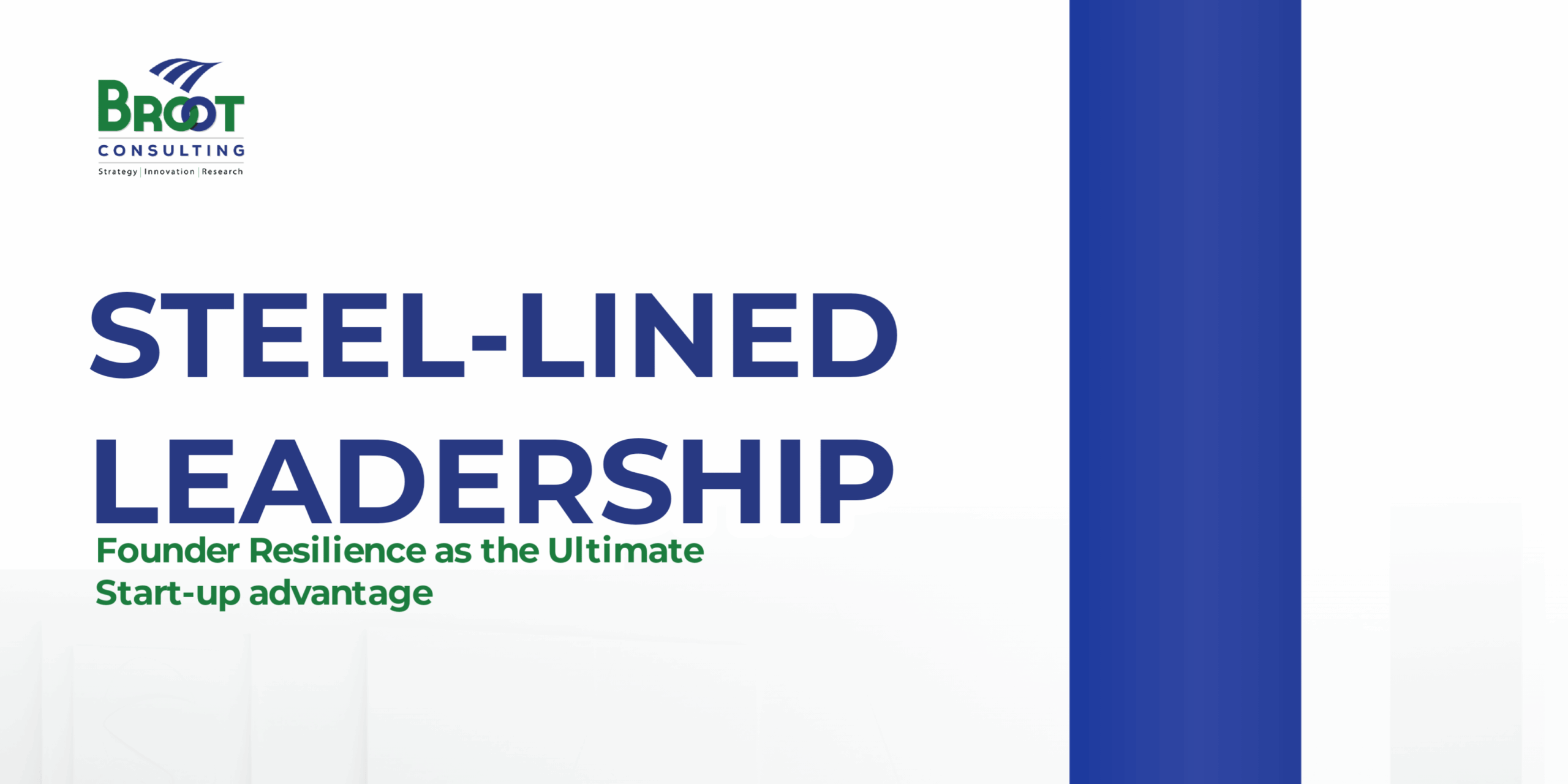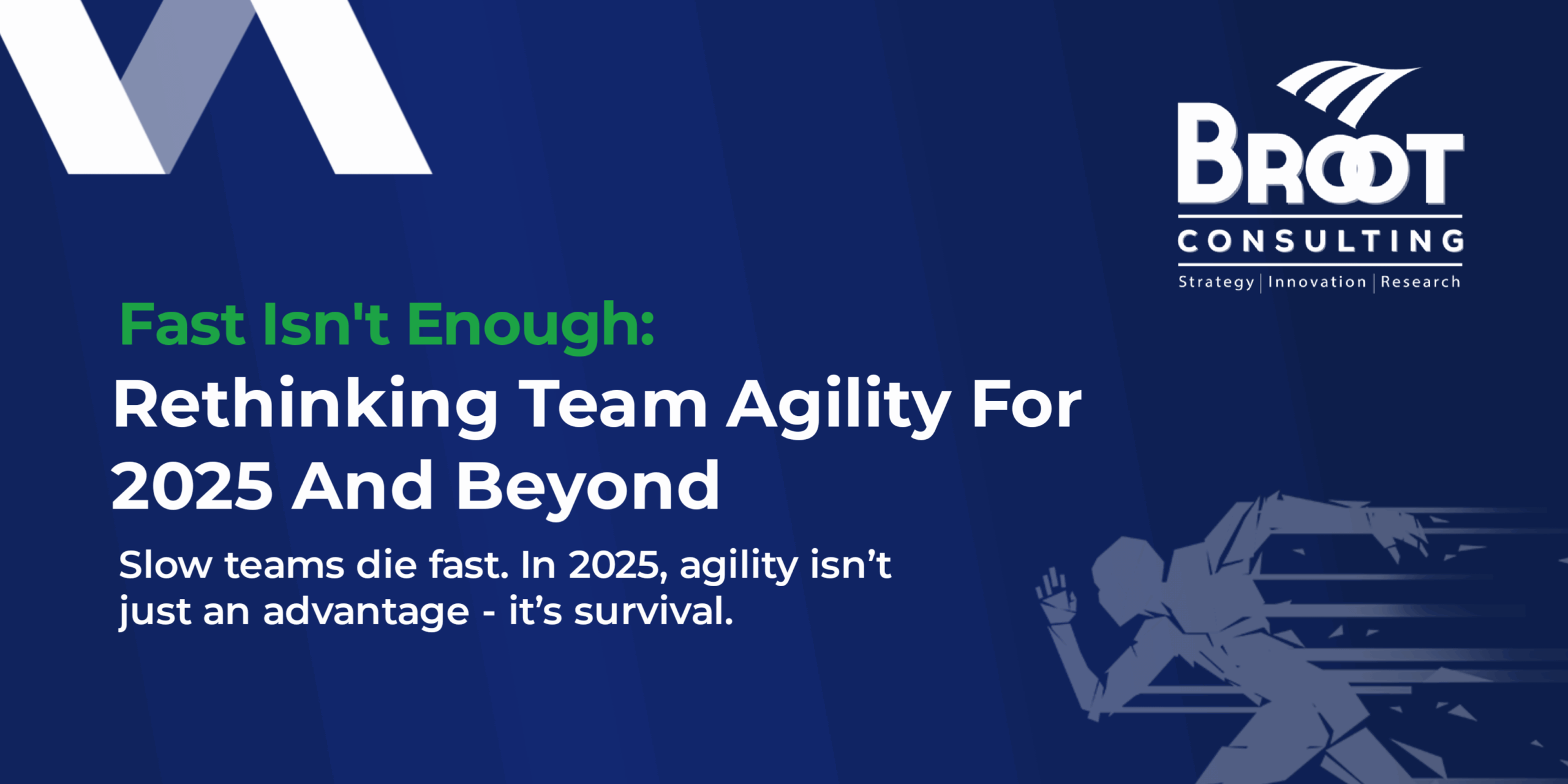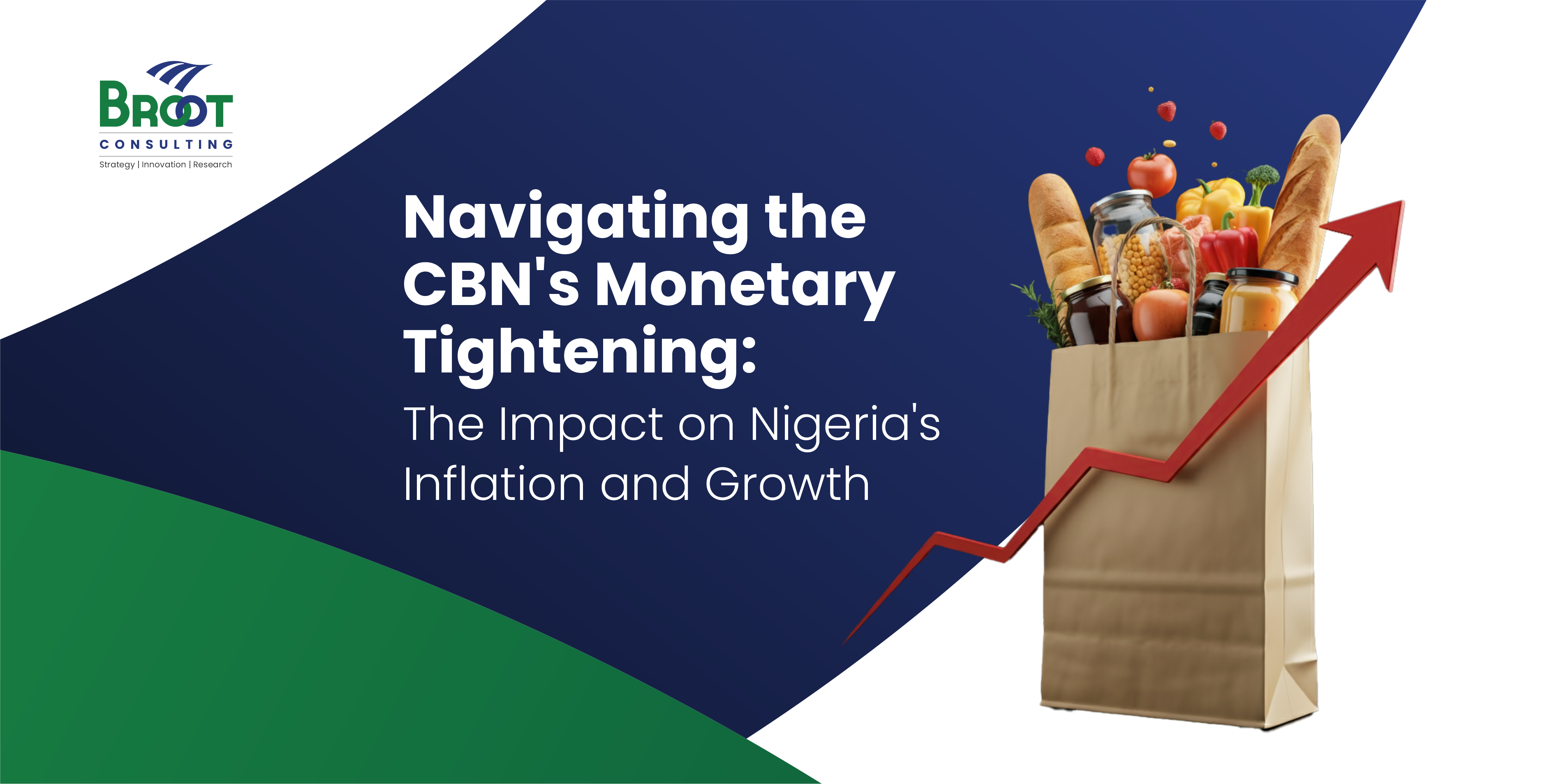Why is it Difficult to be Nice?
At one point or the other, you must have felt excluded or left behind or passed over, either at school, in the workplace, political meetings, market etc. It could even be at a family meeting. How did you feel, especially when you were left out for no fault or wrong of yours? Left out because of your physical appearance, status, ethnicity, religion, sex, accent etc. How do you feel when a less competent person is chosen over you due to any of the aforementioned reasons that have no bearing on performance and productivity? Of course, you would feel cheated, disgusted and frustrated. You will sense hatred in the veins of those who caused you this harm, you see them as humans without compassion and care. If you have your way, you want to get out of such a system or environment and go to a place where you are treated with care, respect and dignity.
Why is it difficult to show compassion, respect and treat others with dignity? Why are truly nice people becoming the scarcest of commodities? What happened to genuine kindness? Why, Why Why? Our Tolerance for diversity and our capacity for inclusion are not just virtues that make us human they are strategies without which no individual or organization will ever be truly successful, whether it’s in life, legacy, business, or what have you. Don’t get me wrong, there is so much mention of the words “diversity” and “inclusion” in our lingua today. It is mentioned in thousands of articles and echoed in almost all the conferences happening these days, but we are far from touching the impact of these realities beyond the politics of sloganeering. If we learn to love one another, to show respect and treat each other with dignity, will the campaign for diversity and inclusion be necessary?
Being nice and compassionate is almost becoming antiquity in the business, Social, political and surprisingly even in the religious world. Inclusion happens when we accept and respect the point of view of each other and treat our interactions with compassion and care. Any business that desires to be successful in today’s complex world needs to adopt a strategy that places human at the core of its business. A strategy that lives above prejudice, that challenge age long assumptions, that ridicule practices that shame others because of their race, ethnic or religious background, physical appearance or gender, age or status. In the business world, for instance, compassionate and caring organisations attract the best talents. These bring fresh thinking that leads to creativity and innovation and by extension superior performance. Imagine a world filled with such understanding, the earth will be happier, businesses will do better, agitation will be less, and conflicts will plummet. Workplaces will be more ideal, homes, societies, countries will reap huge benefits.
Diversity and Inclusion: The Intricacies
The debate in respect of the business case for diversity and inclusion will continue to dominate the narratives. This is not because of the failure to see its benefit but because of fears of disrupting the age-long practices that encourage segregation, harassment, oppression and suppression of the outgroup to the detriments of beneficiaries of such system. Over rationalisation on the need to practice authentic diversity and inclusion will continue to in governments because of the various political permutations. However, businesses cannot afford to continue with such practices in this era. Any business that failed to embrace diversity and inclusion as part of its core strategy for growth and transformation may sooner than expected become a victim of disruption. A genuine and disciplined approach beyond mere sloganeering of Diversity and Inclusion (D&I) must be adopted by every business regardless of form, size and nature.
Juliet Bourke and Bernadette Dillon of Deloitte observed that even though 71% of organisations aspire for a culture that is inclusive however, many of them are yet to make any significant progress. The question is what holds business leaders from doing the right thing if they are convinced that diversity and inclusion as a business strategy works? For most of them, the problem is, how will they start. Most advanced economies have made tremendous progress in the area of Diversity and Inclusion because they have come to realise that greatness does not come from homogenous appearance and thinking but rather in diversity of knowledge and fresh perspectives. In the developing economies, however, Diversity and Inclusion is almost like a taboo especially because it is the employer dictated market, where unemployment is as high as 60%. The continued negation of adoption of Diversity and Inclusion is a recipe for those economies to continue to operate at mediocre level with lacklustre performance, as usual, thus the high incidence of poverty, illiteracy, unemployment, conflicts and heightened tension in governance will continue unabated.
Defying the Canon: Once Upon Qantas Air
When we focus on diversity, it self-compels us to reflect on our behaviours, examine our blind spots, challenge our assumptions and master our unconscious bias. To achieve Diversity and Inclusion requires a deliberate effort towards culture shift, Qantas Air gives a fine example.

In 2013, the airline was in serious performance problems. The company reported a loss of AUD$2.8 billion, the worst performance in its ninety-eight years of history. The performance problems were occasioned by various factors, chief among which were: industrial action, high cost of aviation fuel, the strong Australian dollar, stiff international competition and a domestic price war with Virgin Australian. Added to these, is the stringent government policies that limited access to foreign finance. The future of the airline looked bleak and many had hurriedly concluded that the end of Qantas Air was in sight. However four years after, in 2017 Qantas recorded a dramatic turnaround. The company made AUD$850 million in profit. Its operating margin increased to 12 per cent, it won the “World’s Safest Airline” award, ranked as the most trusted big business and its most attractive employer in Australia. How did this happen? Allan Joyce, the then CEO attributed the feat to an underlying condition: “We have a very diverse environment and very inclusive culture, those traits “got us through the tough times”. She said with their diversity and inclusion strategy they were able to generate “better strategy, better risk management, better debates and better outcomes.”
Steps To Make Diversity And Inclusion A Reality In Your Organisation?
Adoption of Diversity and Inclusion is a prerequisite for growth and sustainability, listed below are some of the steps that you may need to take to make this happen.
- Change your Belief and Archaic Views: there is an adage that says, “the more the merrier”, apply to diversity, more diverse the better. There is nothing to be afraid of in a highly diverse and inclusive workplace. If an extreme example of diversity is to be given; it will be the inhuman and evil regime of slavery brought forced-diversity into the development quest of the western world thus making them the net borrower of human capital may be without which the level of development witnessed in those regions may have been impossible or delayed.
- Establish a Strong Business Case: once you change your thought pattern and belief system by accepting to bring in once overlooked and excluded groups or individual, the next thing you need to do is to establish a strong business case for the Diversity and Inclusion practice. Remember without a strong business case it will be perceived as a cosmetics CSR.
- Leadership Commitment and Accountability: Any successful transformational project needs the support of the top management staff. It is the responsibility of management to make a business case for Diversity and Inclusion, if the CEO and board do not understand it or believe in it, the effort will not yield a significant result. This is particularly more relevant in an employer dictated market rifle with despotic tendencies and nepotism. Since most developing economies have a high incidence of unemployment, it is easier for managers to exploit the situation for self-interest and recruit only “kiths and kins” who daily curie their favour. To make leadership accountable there should be a deliberate practice that ensures a diversified management team and board.
- Enlist the Support of the Frontline Leaders: tactical managers are responsible for policy implementation; therefore, it is important they understand the business case for Diversity and inclusion. With their understanding, it becomes easier to get them to move along the new thinking of the organisation. It also becomes easier to get them to think less of self-interest and be more conscious of how Diversity and Inclusion could impact the organisation to achieve and do more for society. When they understand the full implication of embracing Diversity and Inclusion, it becomes easier to implement the policy as they recruit new employees, form a team, recommend for capacity development or promotion.
- Transparency and Periodic Reporting: Diversity and Inclusion cannot thrive in an environment where issues, processes and decision making and shrouded in secrecy. To make Diversity and Inclusion work, develop an open and strong communication system that enables everyone in your organisation to be aware of existing vacancies, jobs or projects, committee formation and the likes. The communication system must give voice to the people in your organisation so they can suggest ideas and help you with new thinking and fresh perspectives.
- Adopt the Carrot and Stick Strategy for Diversity and Inclusion Practices: even with the best policies, the mischievous elements will always want to circumvent it, therefore, management should send strong signals to anything that have an appearance of compromising the standards in respect to Diversity and Inclusion. At the same time, there should be a reward for every practice that deliberately promotes Diversity and inclusion. The result from a diverse and inclusive team should be widely circulated and celebrated in other to institutionalise Diversity and Inclusive cultures.
Conclusion
There is a general trend even in some of the underperforming economy of the world, everyone seems to be talking about Diversity and Inclusion, this is seen among political, religious and business leaders, though the action and every step they are taking may negate the philosophy of Diversity and Inclusion, however, having it in the national narratives is a welcome development. Diversity and inclusive practices are a must have in the era of globalisation and constant disruptions, no talents should be left behind simply because of their look, belief, gender, race or religion. High performance and superior outcome require every good hands and mind and this is the winning strategy required to stay relevant and afloat in the era of disruptive innovation.
Steve Robbins, in his classic book, What If, explains that the workaround inclusion, diversity, and cultural competency goes beyond political correctness and better bottom lines. It is all about caring about other people, treating them with dignity and respect because they are human beings who deserve such. He says that “the negative baggage around “inclusion and diversity” was created and is carried forth by people who are blind, at least partially, to the myriad realities of our world, and who have not fully realised that doing the work of inclusion and diversity is truly about being a nice, caring, and compassionate citizen.”




